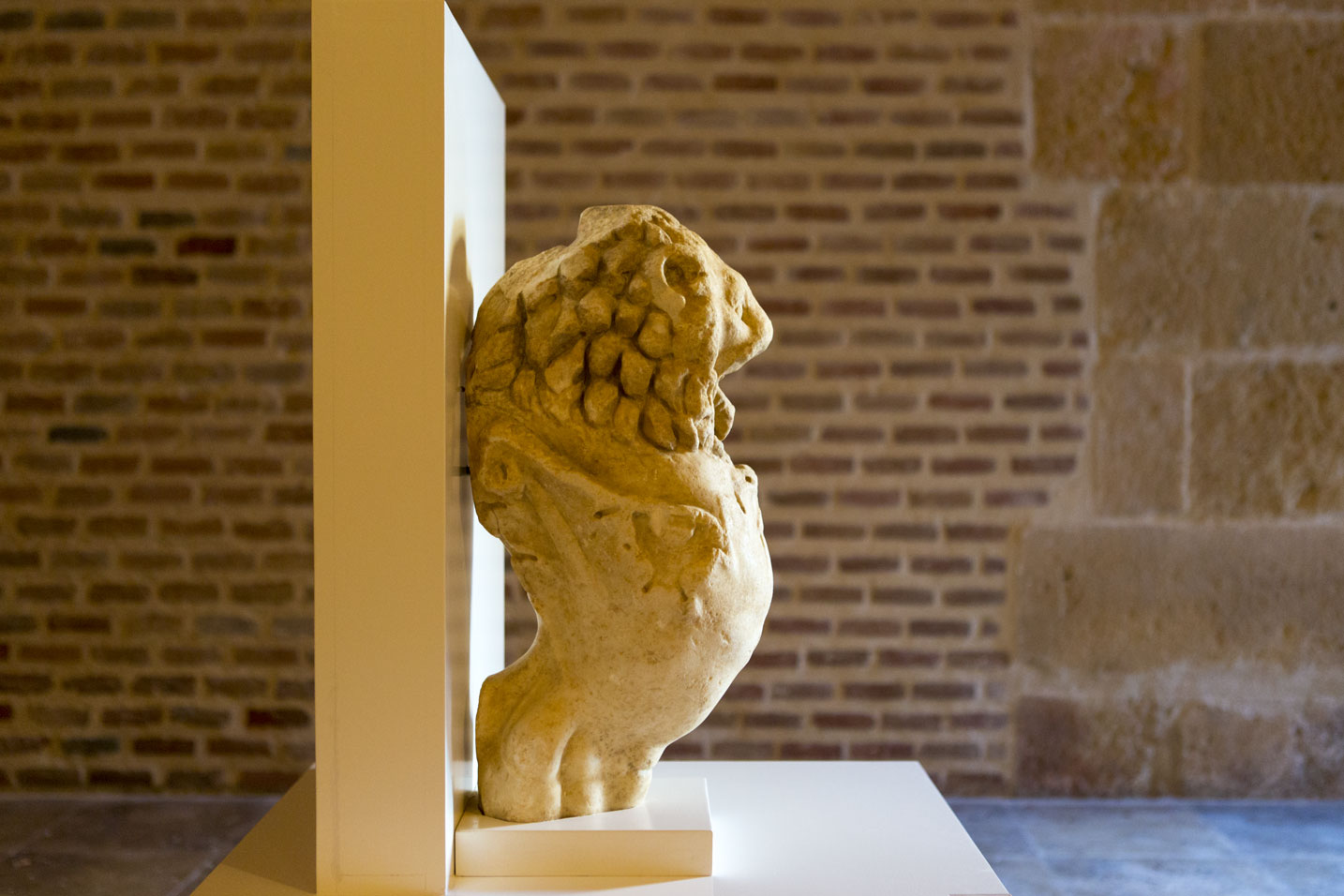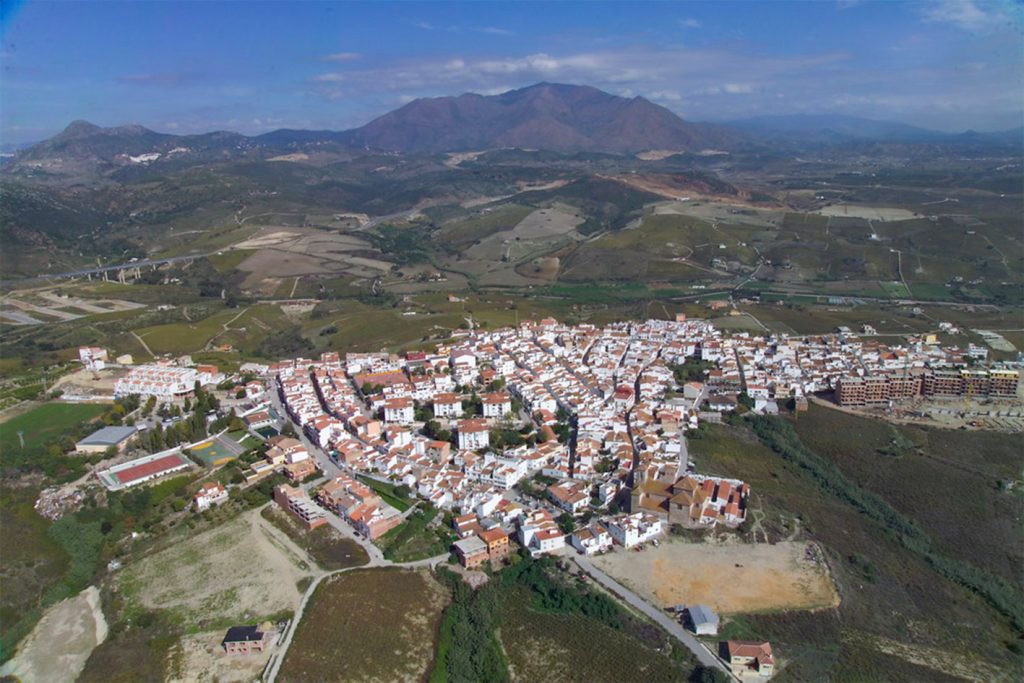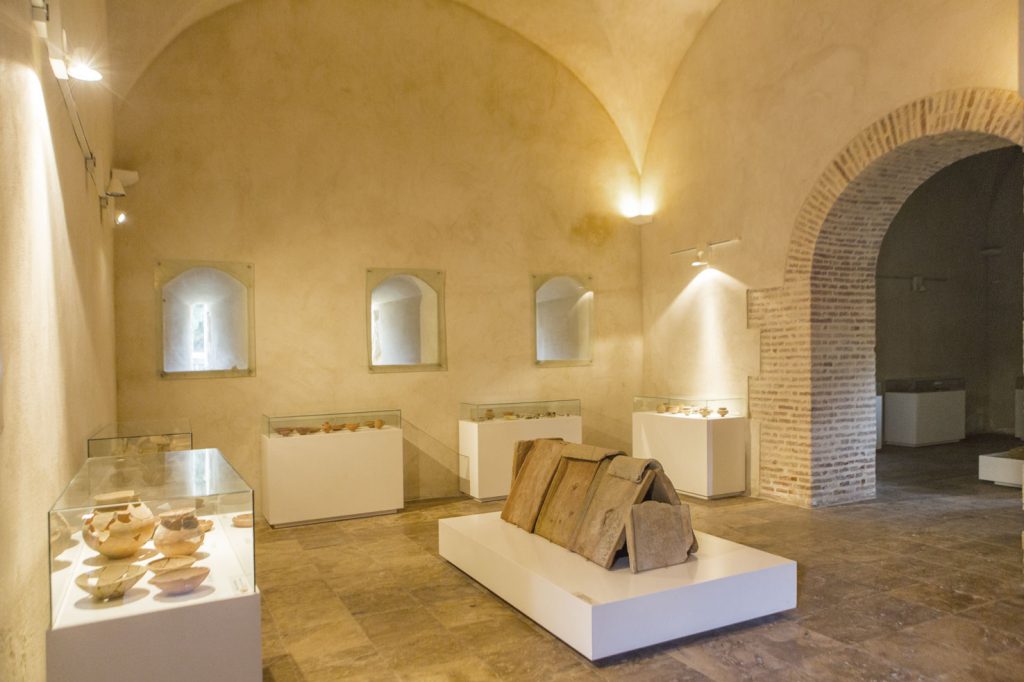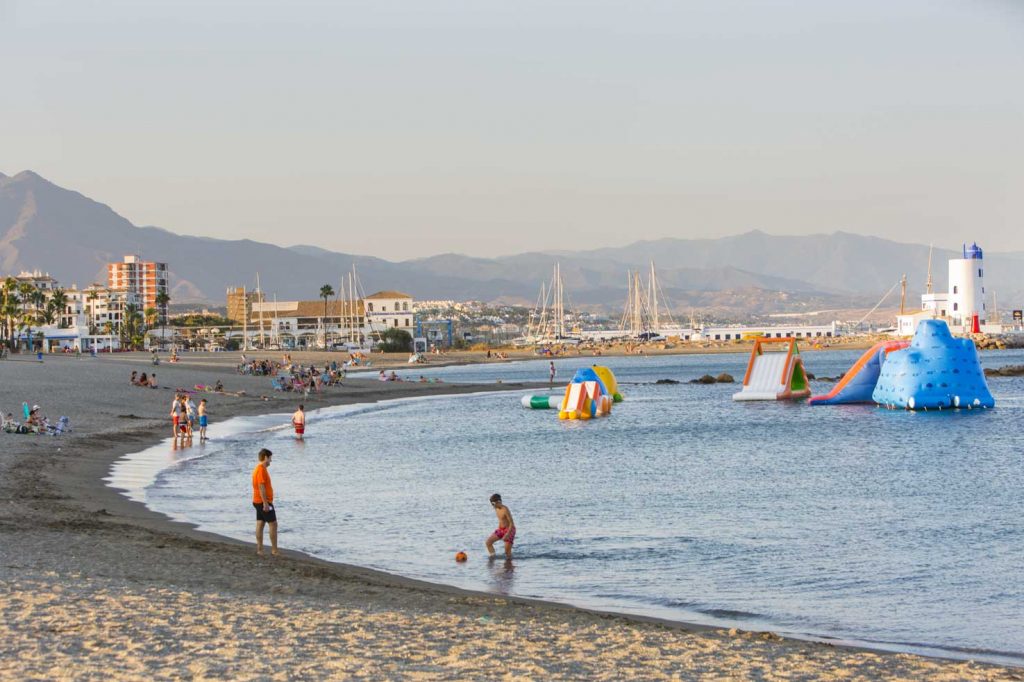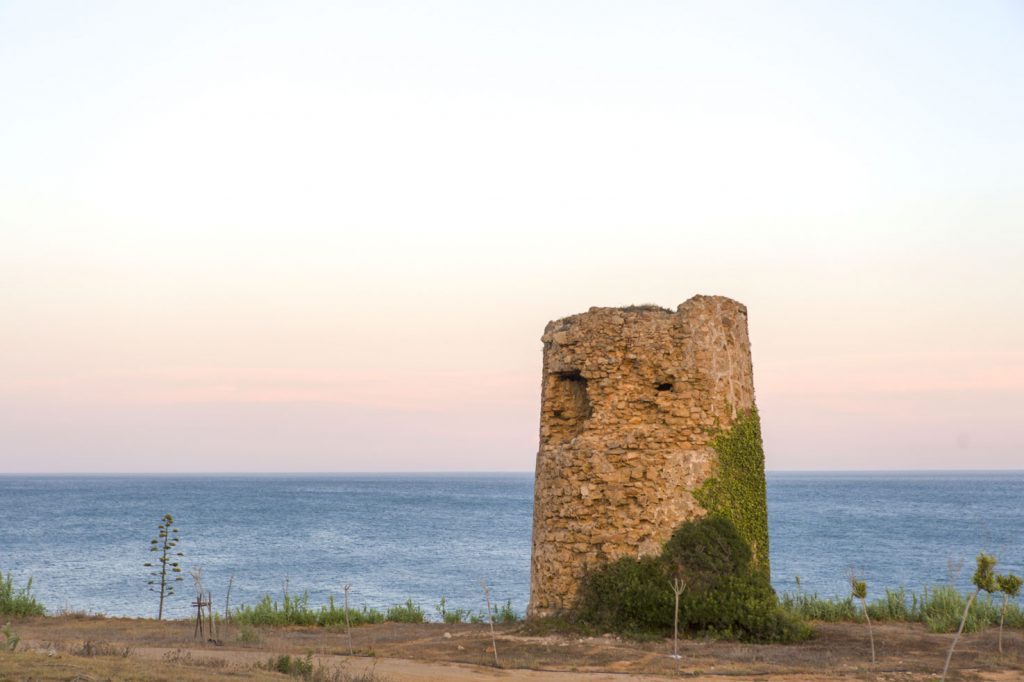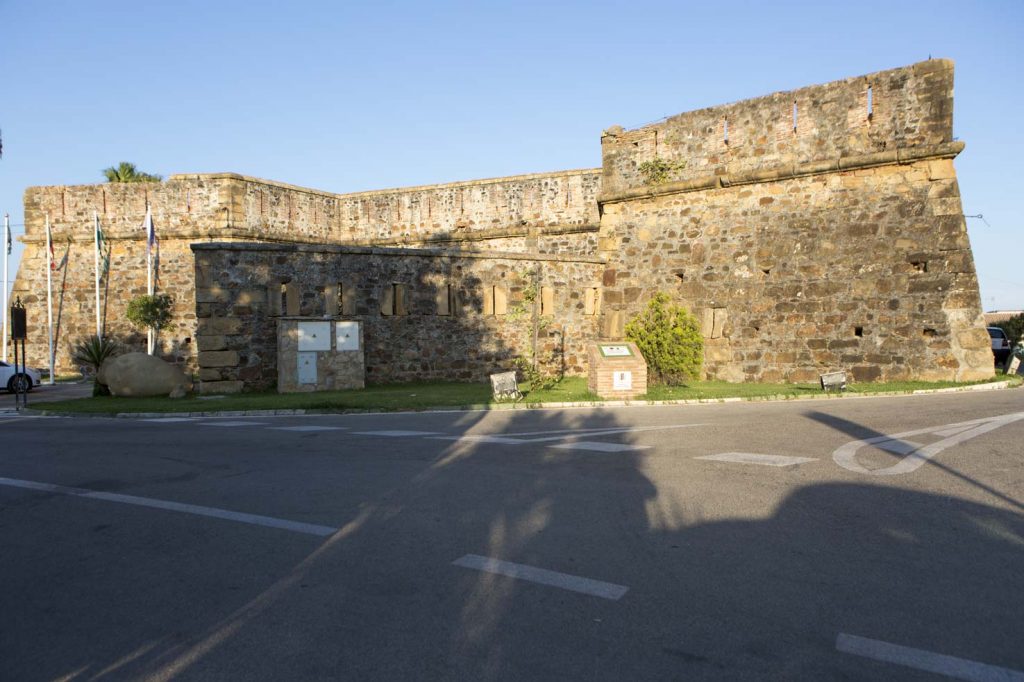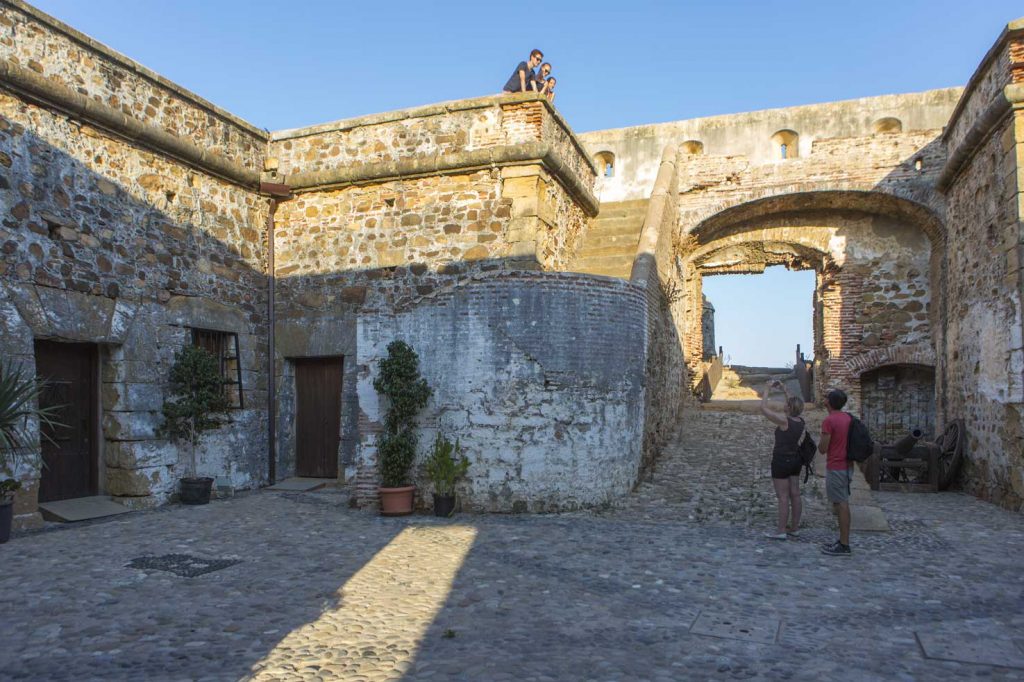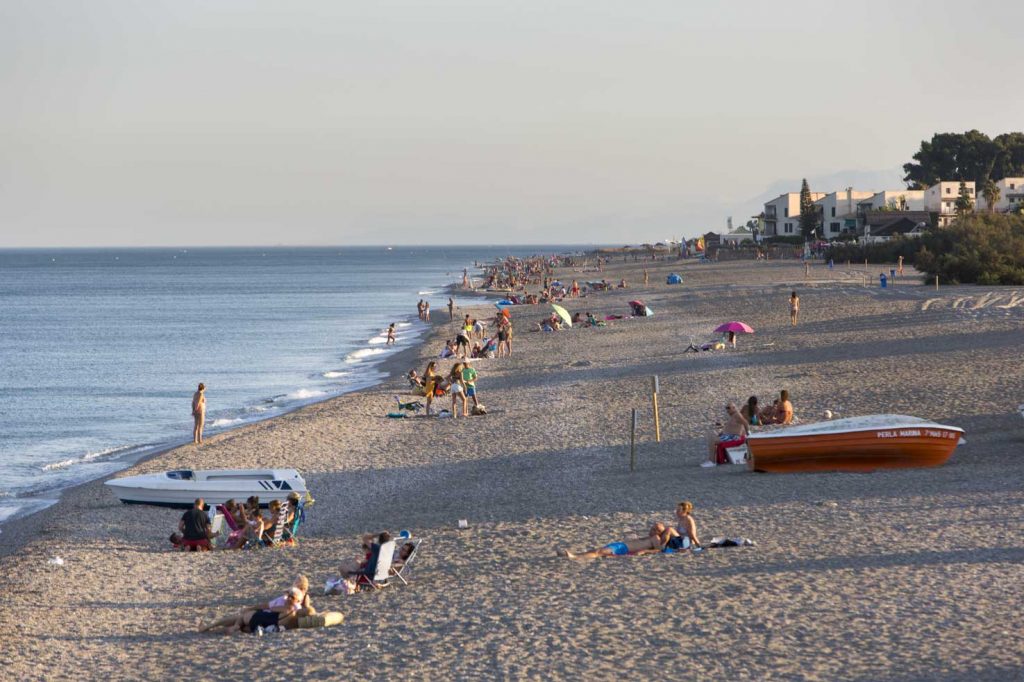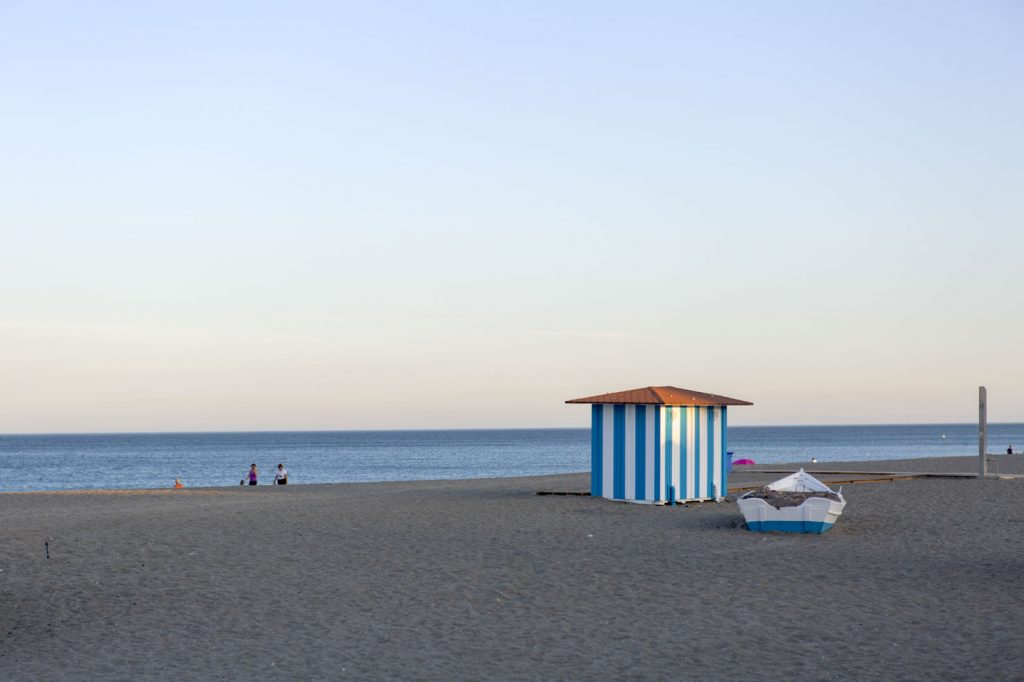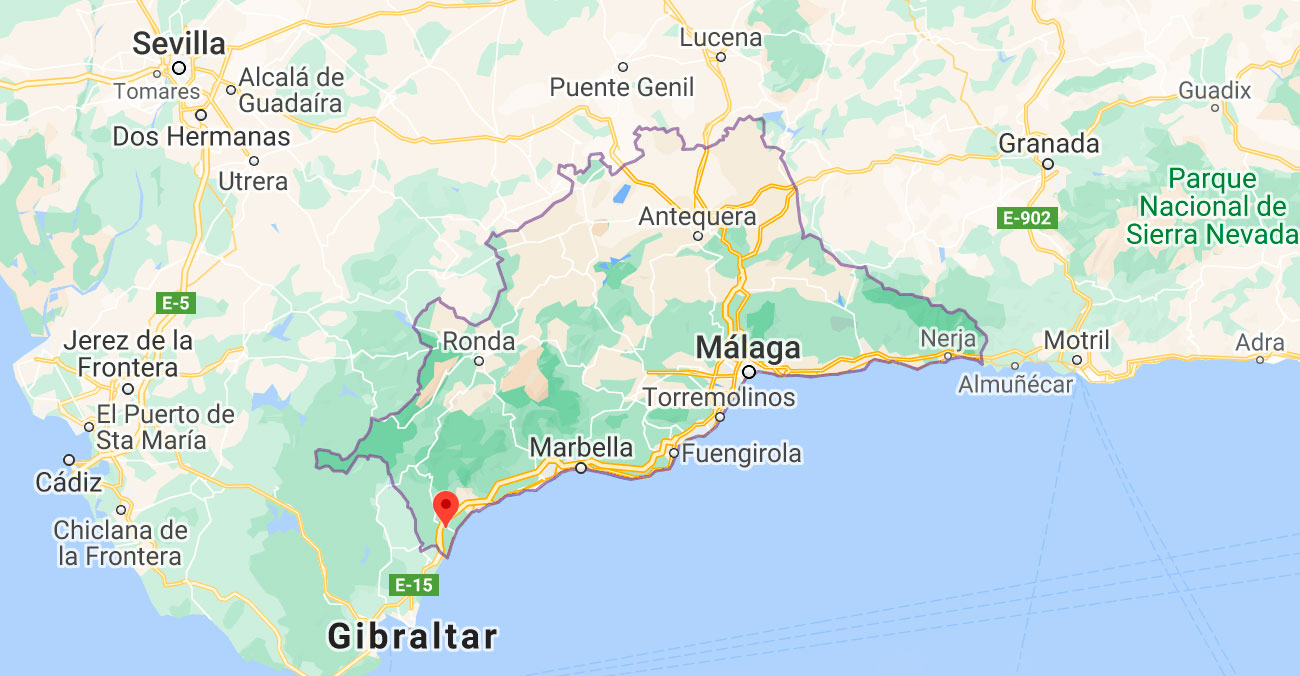History
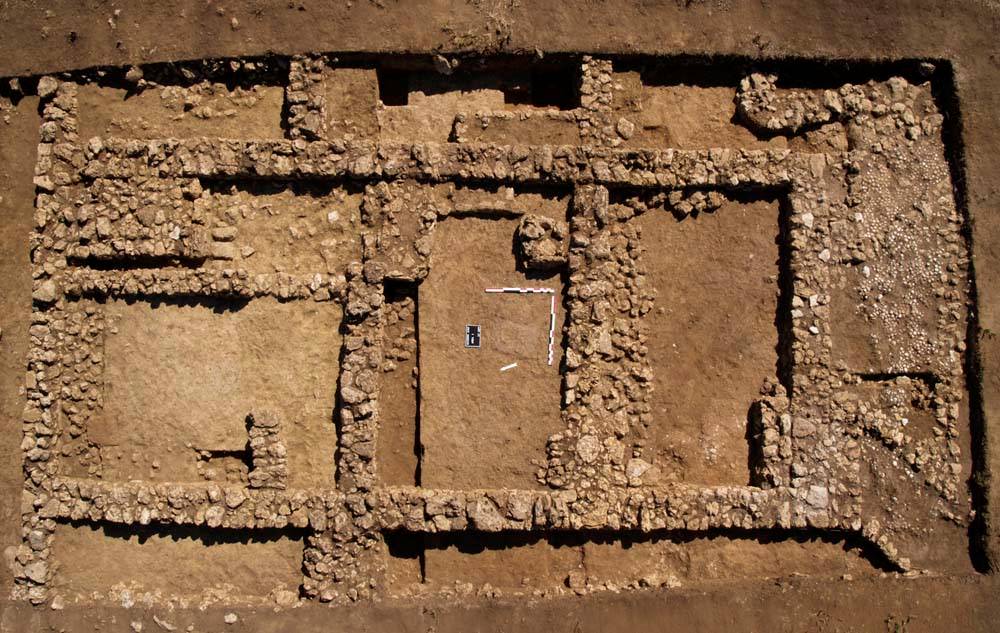
The Roman presence has been documented since the turn of the era, thanks to small farms close to lands of high agricultural value. These would be gradually abandoned, possibly due to the mobilization of the population towards the coast, motivated among other causes by the great boom that the fish salting industries will take throughout the 2nd century. A good example is the archaeological complex around the Castillo de la Duquesa, made up of the remains of a villa, thermal baths, a necropolis and a large fish-salting factory with a market attached to it.
The surroundings of the Guadiaro River and therefore the current border of Manilva with the province of Cádiz, would for years be the border of the Nazarite Kingdom of Granada. In 1485 Casares was handed over to the Christian troops, passing into the hands of the Duke of Cádiz.
It was not until 1530 when the “Cortijo de Manilva” was born, always dependent on Casares, its origin responded to the need to repopulate the lands closest to the coast to alleviate as much as possible the presence of North African piracy favored by the depopulation of these lands closest to the first line of the beach. Thus, numerous plots of land were granted by the Duke to repopulators of Casares.
The gradual increase in the population occurs under the protection of sugar cane cultivation and its industry and vineyards, authentic engines of Manilva’s economy for centuries.
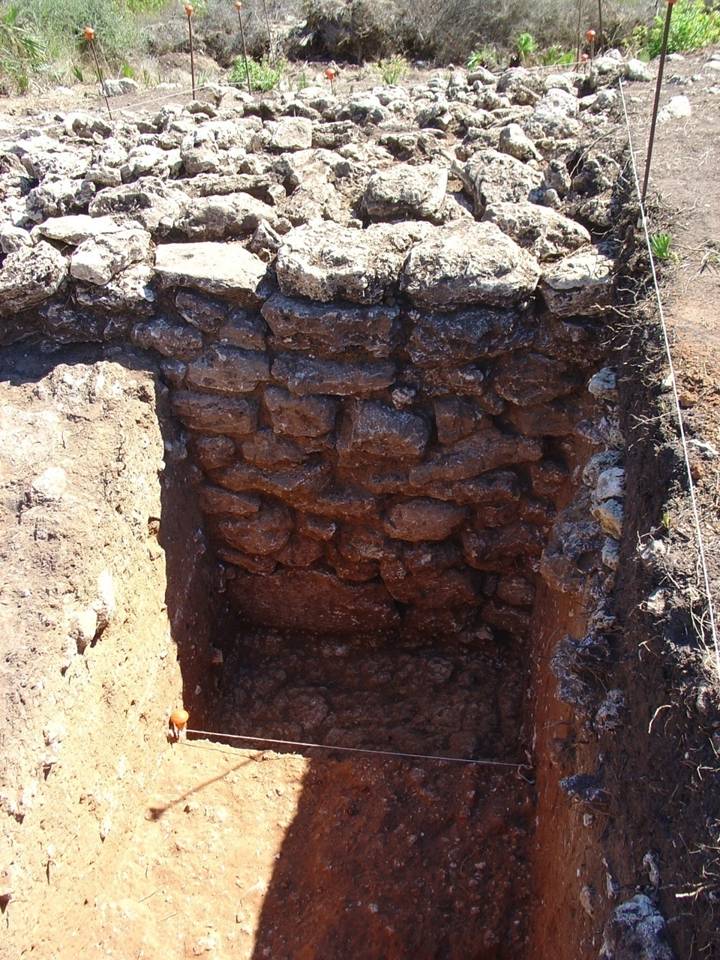
Monuments
Inside El Castillo de la Duquesa, we find the Municipal Archaeological Museum with exhibits from the 1st and 5th centuries.
Another must-see in this municipality is The Church of Santa Ana located in the so-called Plaza de la Iglesia. It was built in the 18th century, on top of another previous, smaller temple from the 16th century. The image of the Patroness of Manilva, Santa Ana, is preserved in this church.
Finally, it is recommended to stop by the Ingenio Chico, one of the two sugar mills that the Duke of Arcos built in these lands, and Villa Matilde, a house that was owned by Don Ignacio Infante, brother of Blas Infante, where remains are exhibited. Romans found in Manilva.
